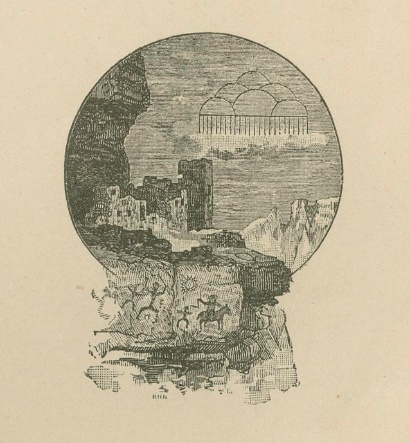By: Colleen O’Brien, ARB Student Assistant
The acronym BAE does not refer to a common slang term amongst young folks or even to the Danish word for “poop.” Rather, in this instance it is a term which means Bureau of American Ethnology.

How did the Bureau of American Ethnology come to be and why is it important?

In 1879, as the discipline of anthropology was taking hold in universities across America, Congress established an agency called the Bureau of Ethnology. There is some controversy over the exact purpose for which this department was founded, but one explanation is that the Department of the Interior needed to transfer archives and other materials to the Smithsonian Institution because the two entities were set to merge shortly thereafter. Thus Congress decided to create a department to ease this change. The second reason, on the other hand, states the Bureau of Ethnology was established as a purely research division of the Smithsonian. Regardless, John Wesley Powell, the Bureau’s key founder, believed it should be used to promote anthropological research in the Americas. In fact, in 1897, the Bureau of Ethnology changed its name to Bureau of American Ethnology in order to limit geographic interests.
Not only did the Bureau conduct research for the Smithsonian, but it also sponsored the work of non-Smithsonian researchers, most notably Franz Boas, “the father of American anthropology.” Other important research included documentation of Apache medicine men as well as translations of the Dresden Codex, a Mayan hieroglyphic book.
 Arguably however, the BAE’s most important research was on the history of a group called the Mound Builders. These people built massive earthen works, the most famous being the Serpent Mound located in Adams County, Ohio. During the mid to late 1800s, there was much debate over the Mound Builders and their origins as many anthropologists and researchers did not believe this group could possibly be ancestors to present-day Native Americans. From 1882-1894, the BAE conducted intensive archaeological investigations on the Mound
Arguably however, the BAE’s most important research was on the history of a group called the Mound Builders. These people built massive earthen works, the most famous being the Serpent Mound located in Adams County, Ohio. During the mid to late 1800s, there was much debate over the Mound Builders and their origins as many anthropologists and researchers did not believe this group could possibly be ancestors to present-day Native Americans. From 1882-1894, the BAE conducted intensive archaeological investigations on the Mound  Builders and in the 1894 Annual Report, Cyrus Thomas, the head of the Division of Mound Exploration, published his findings. Thomas concluded the Mound Builders were indeed the pre-historic ancestors of Native Americans, thus silencing the long-standing debate.
Builders and in the 1894 Annual Report, Cyrus Thomas, the head of the Division of Mound Exploration, published his findings. Thomas concluded the Mound Builders were indeed the pre-historic ancestors of Native Americans, thus silencing the long-standing debate.
The BAE represented comprehensive and intelligent thinkers during the late 19th century and set a standard for anthropological research. When Congress established this agency, it essentially made a statement to the American public that understanding and learning about human cultures, both past and present, is important. The volumes are rich compilations of ethnographies, maps, artwork, and photographs.
The Archives & Rare Books Library holds the BAE annual reports and monographs in its Rare Books Collection, generally under the call numbers E51, E77, and E99. To learn more about our Bureau of American Ethnology volumes and our other collections, call us at 513-556-1959, email us at archives@ucmail.edu, or visit our website at http://www.libraries.uc.edu/arb.html. You can also find us on Facebook at https://www.facebook.com/ArchivesRareBooksLibraryUniversityOfCincinnati/. We are located on the 8th floor of Carl Blegen Library, and are open Monday through Friday from 8AM-5PM.







